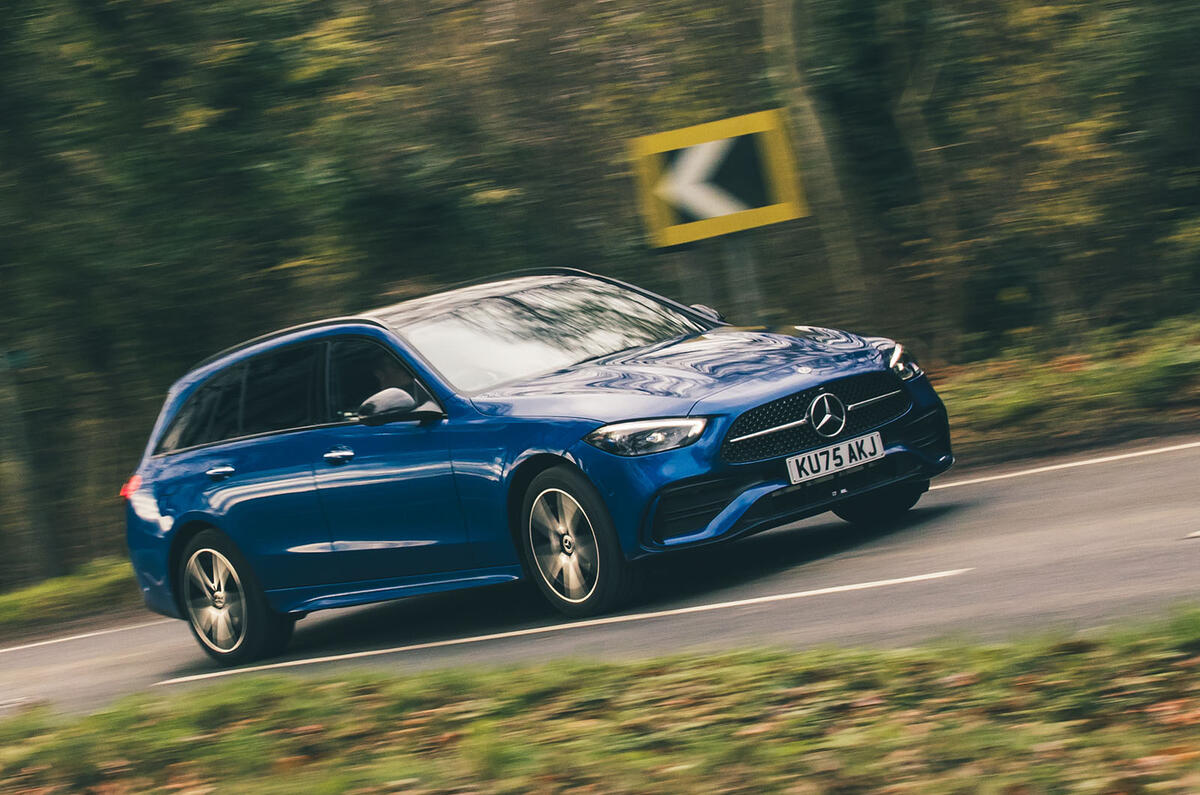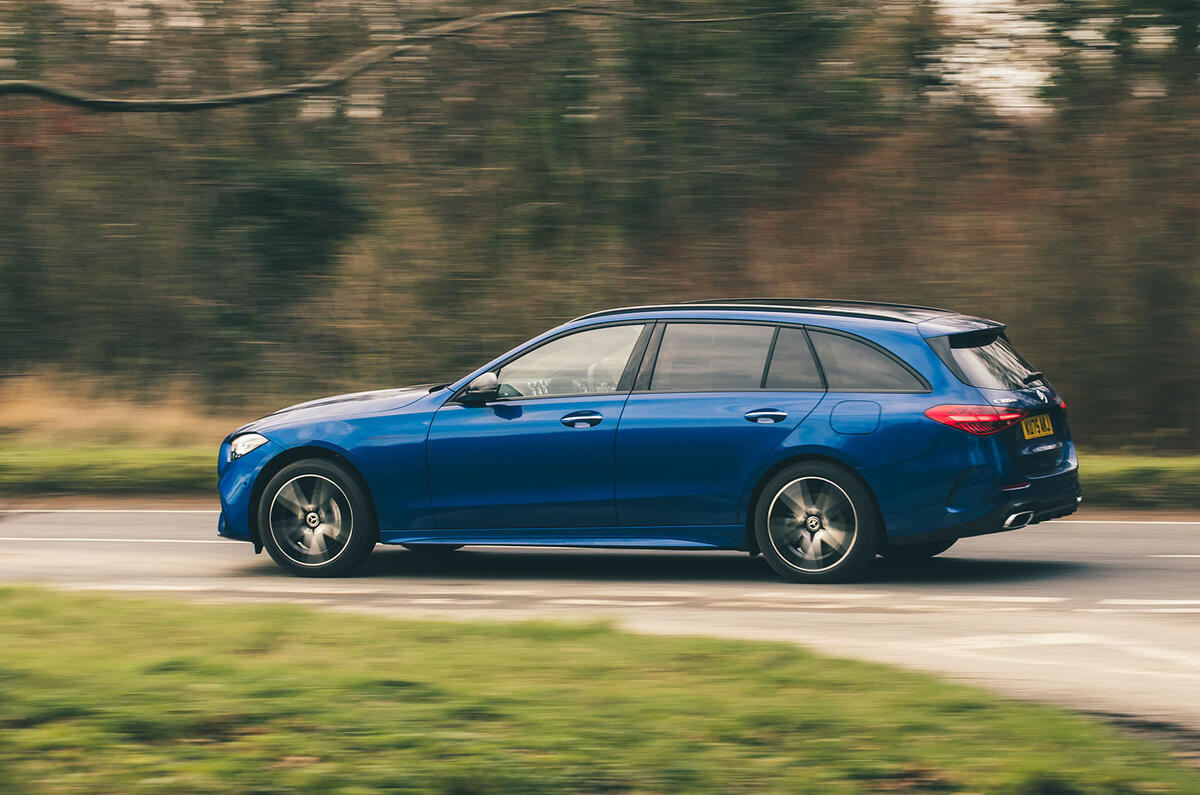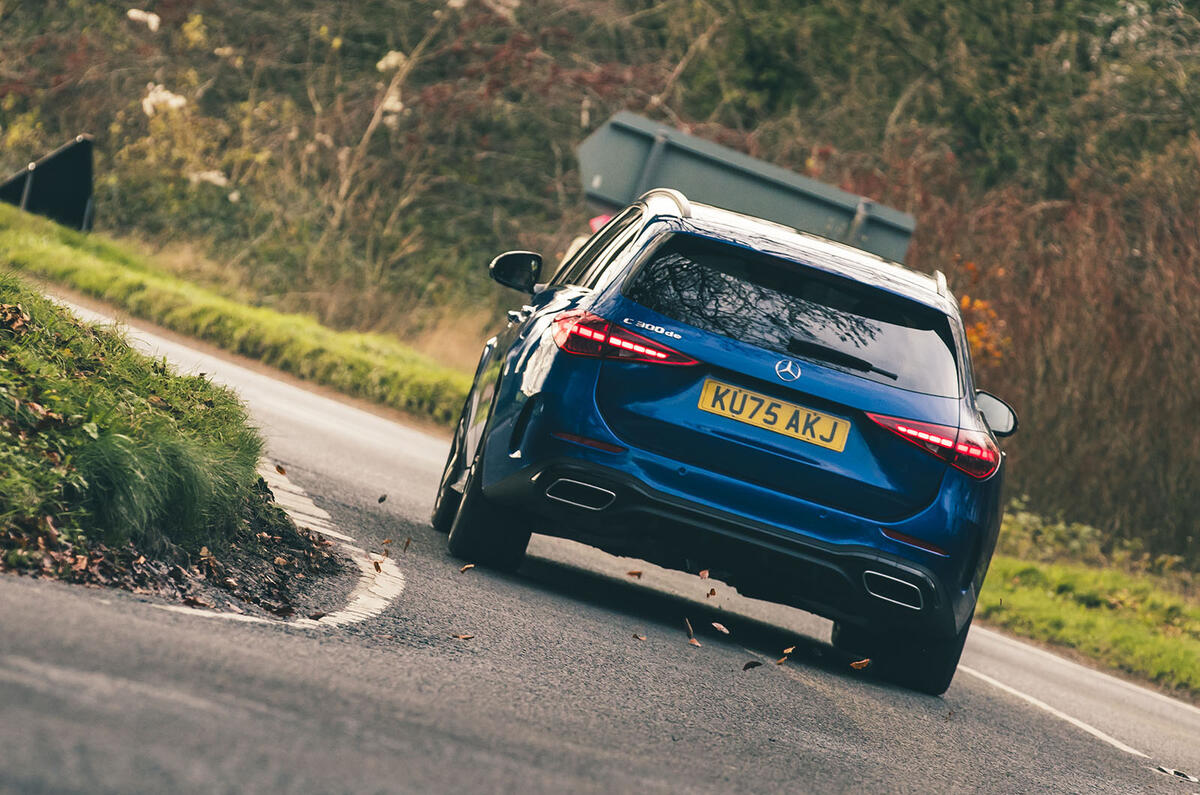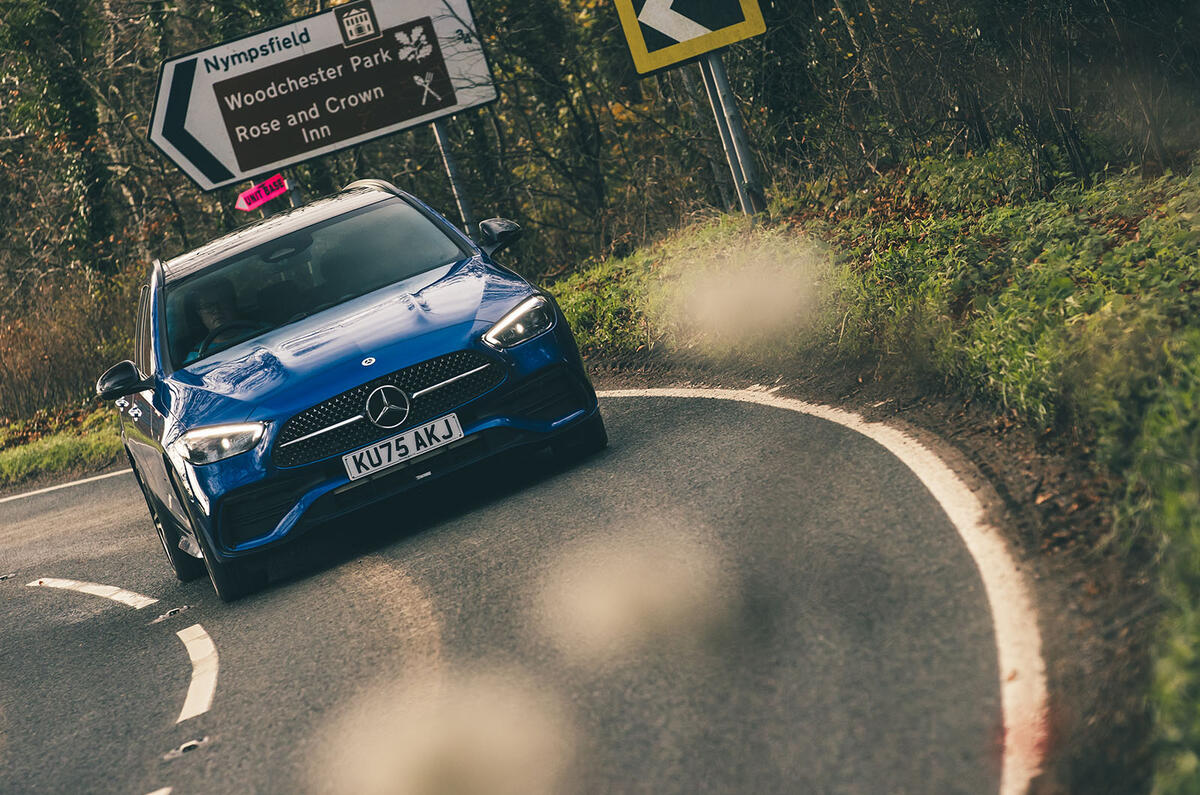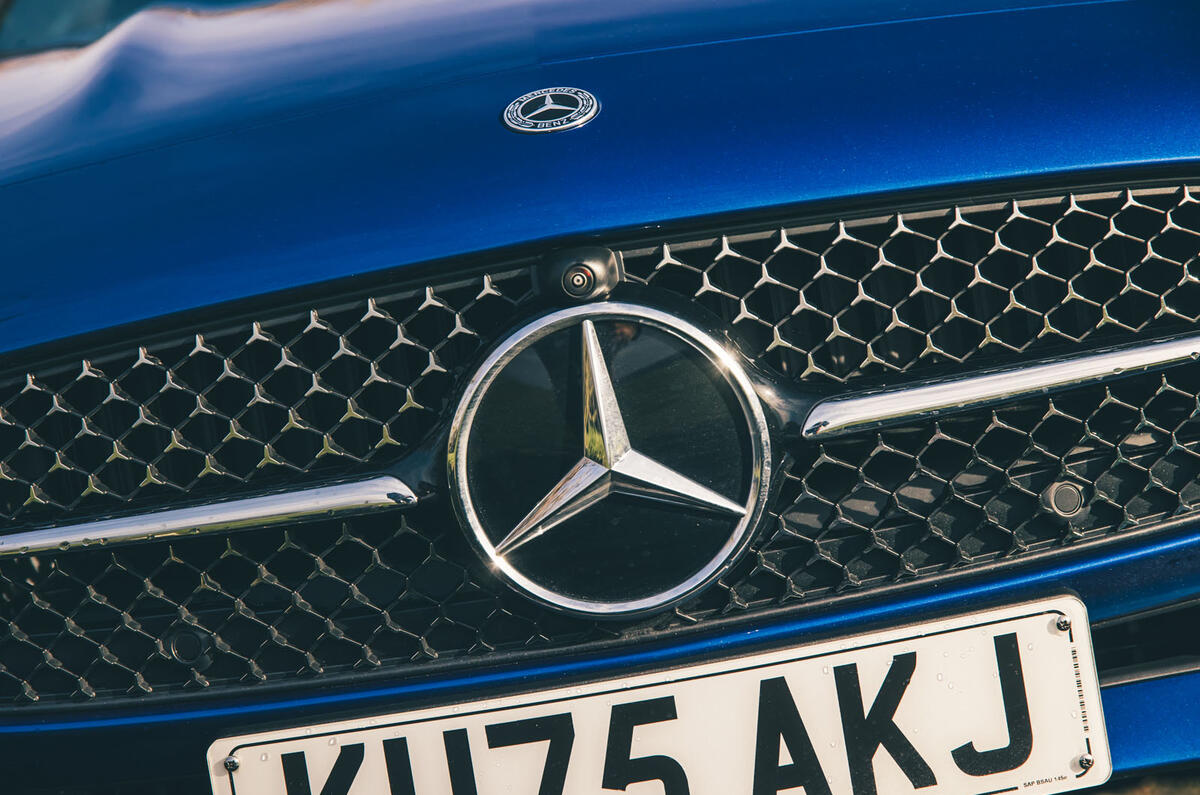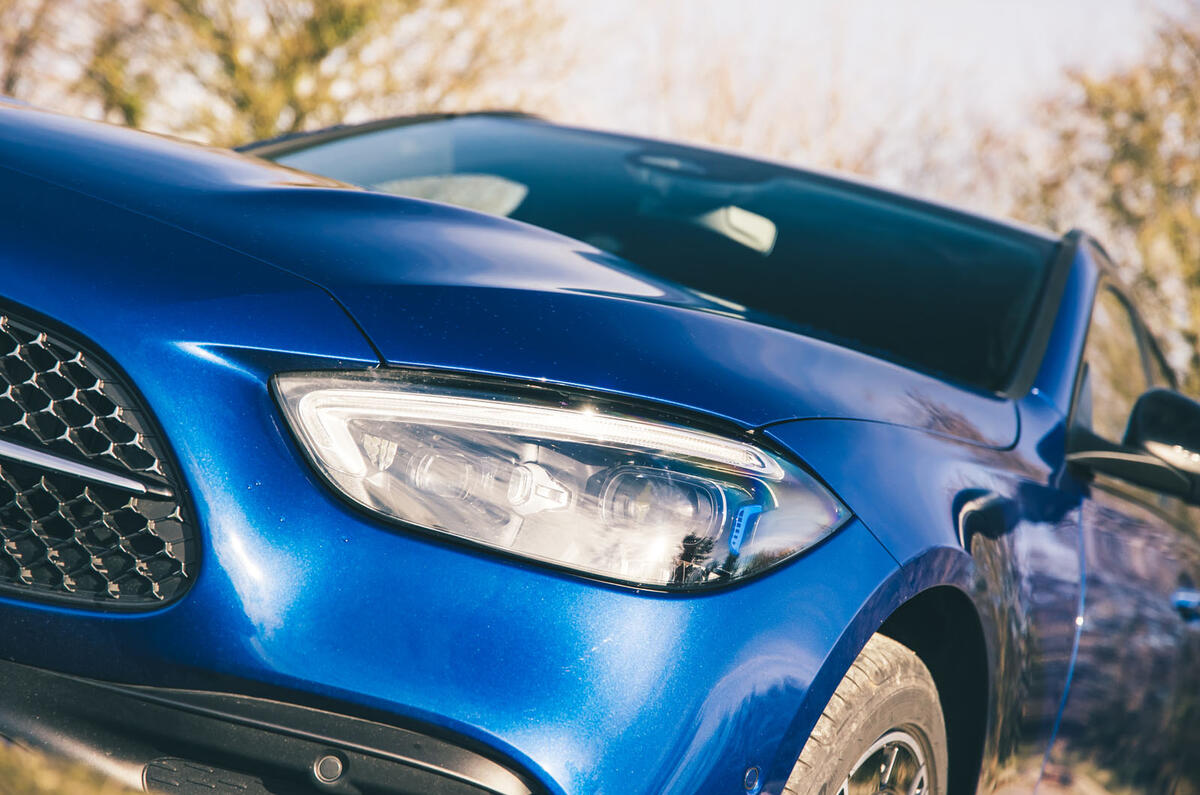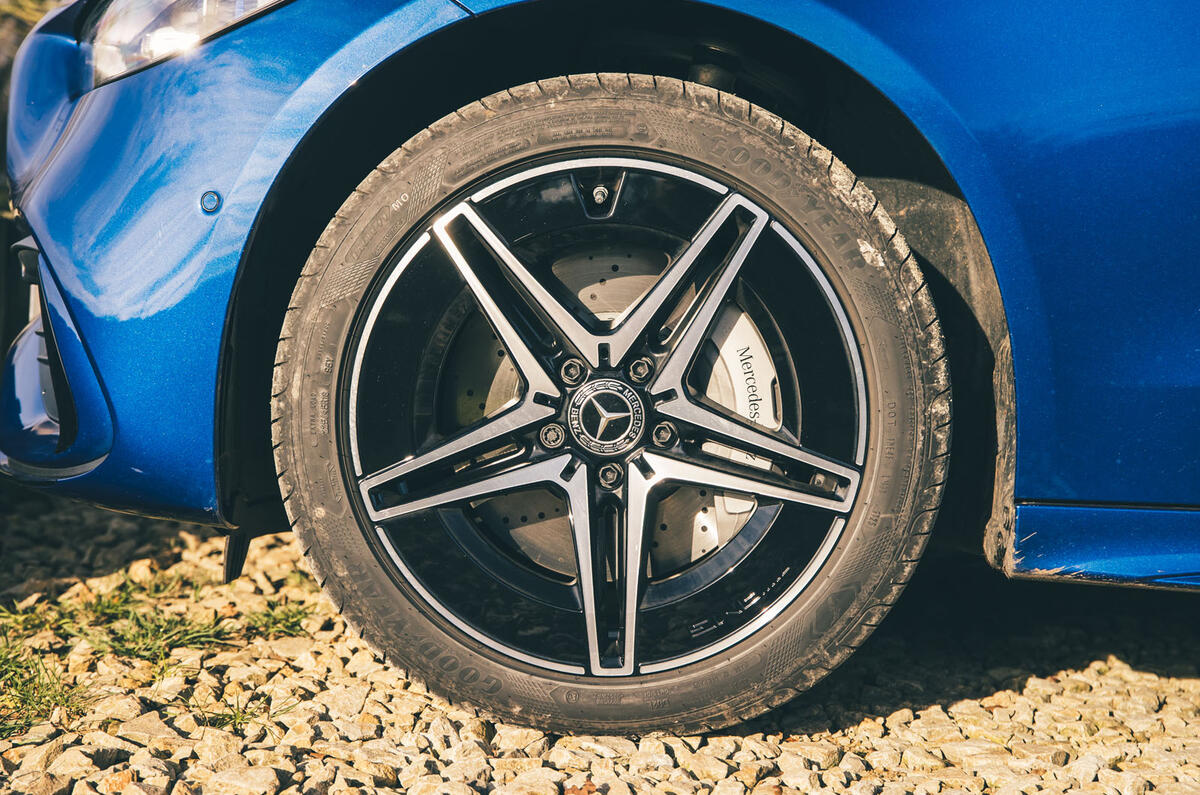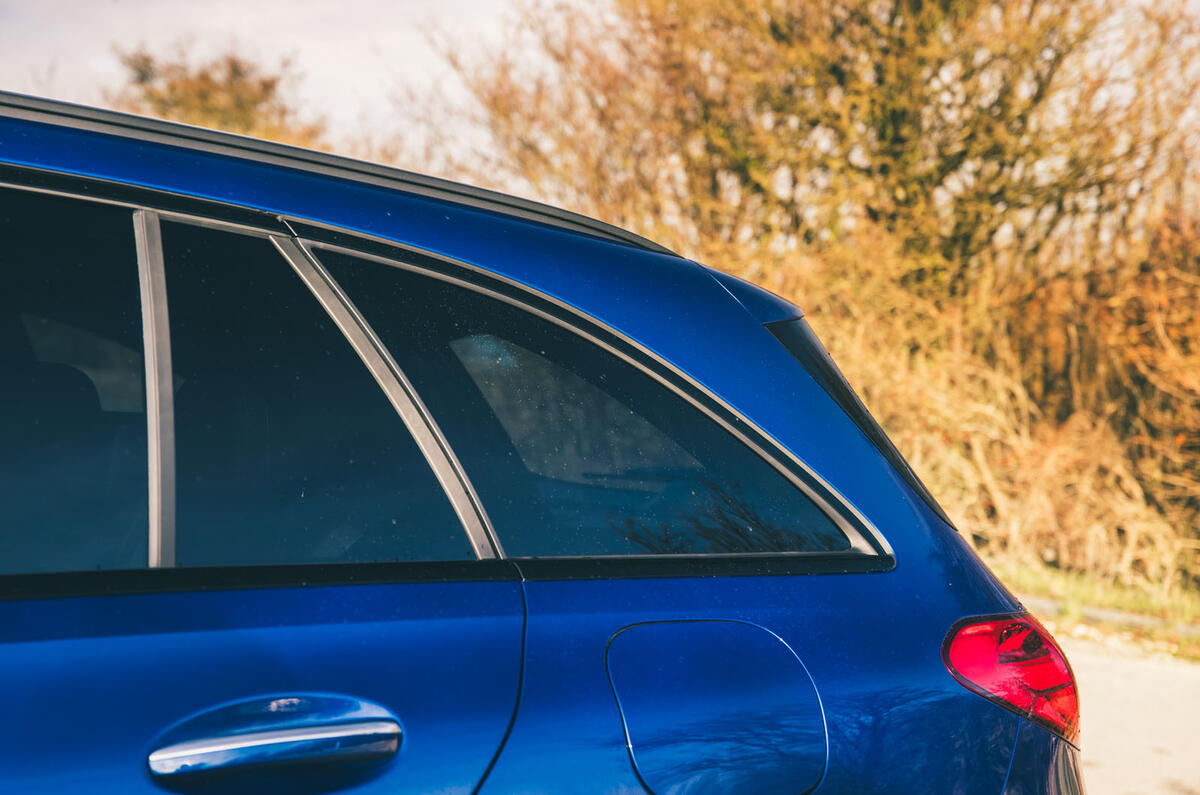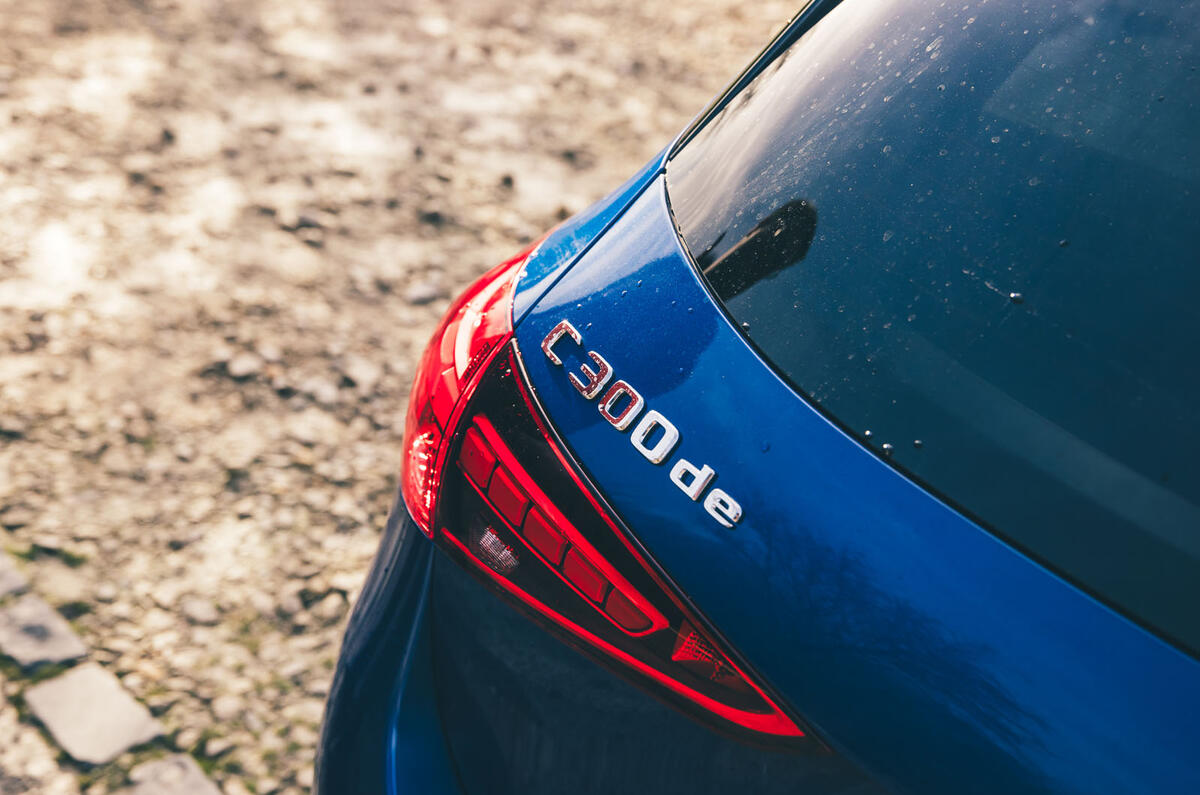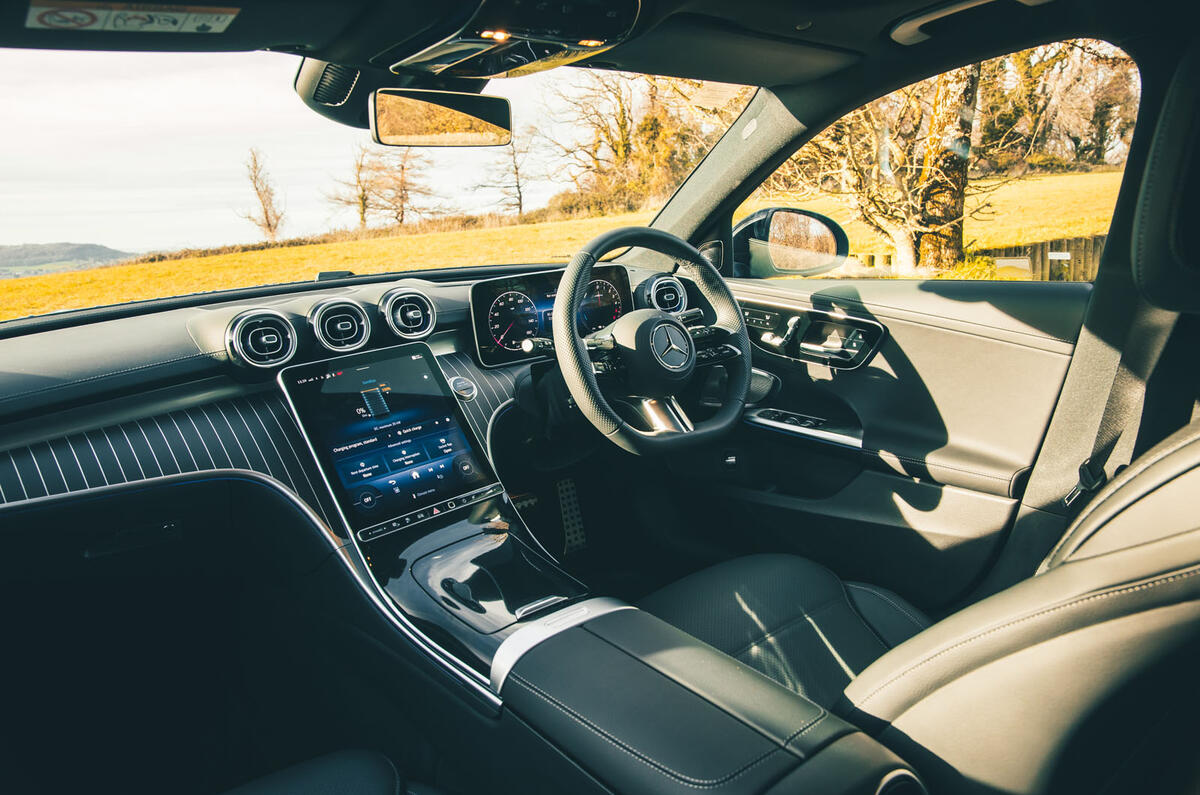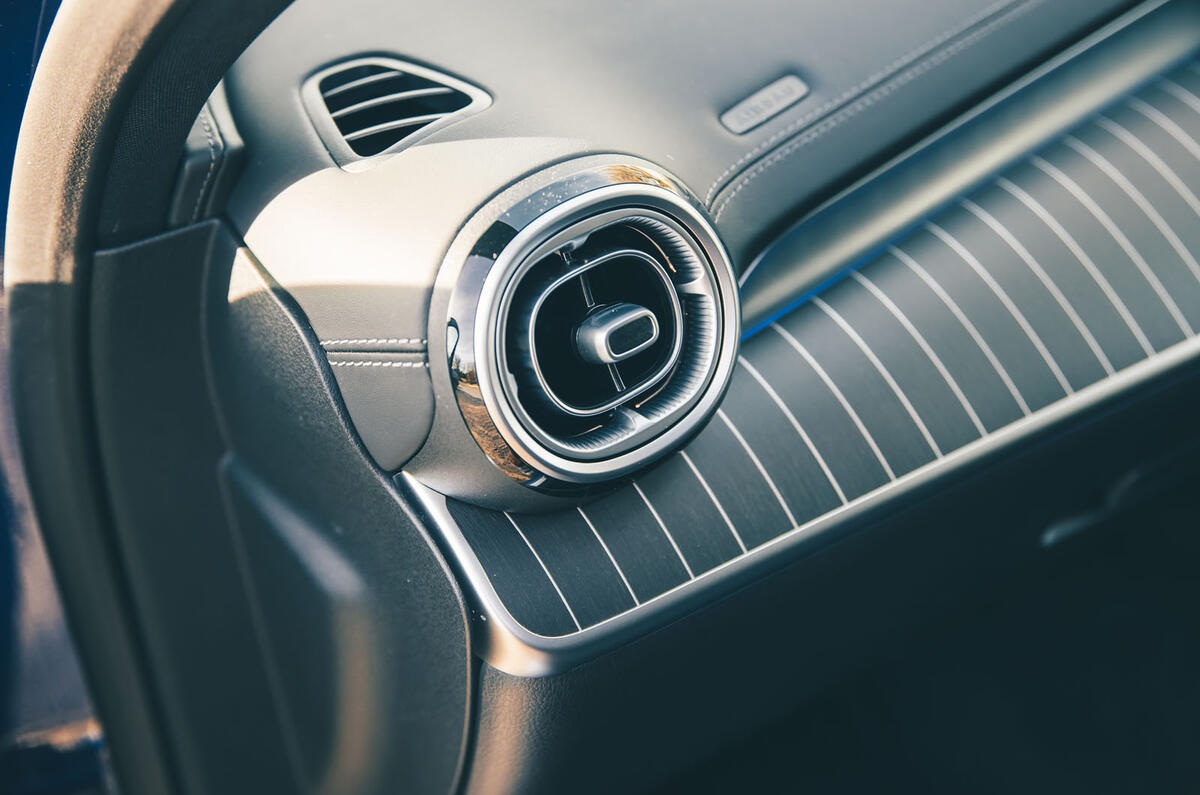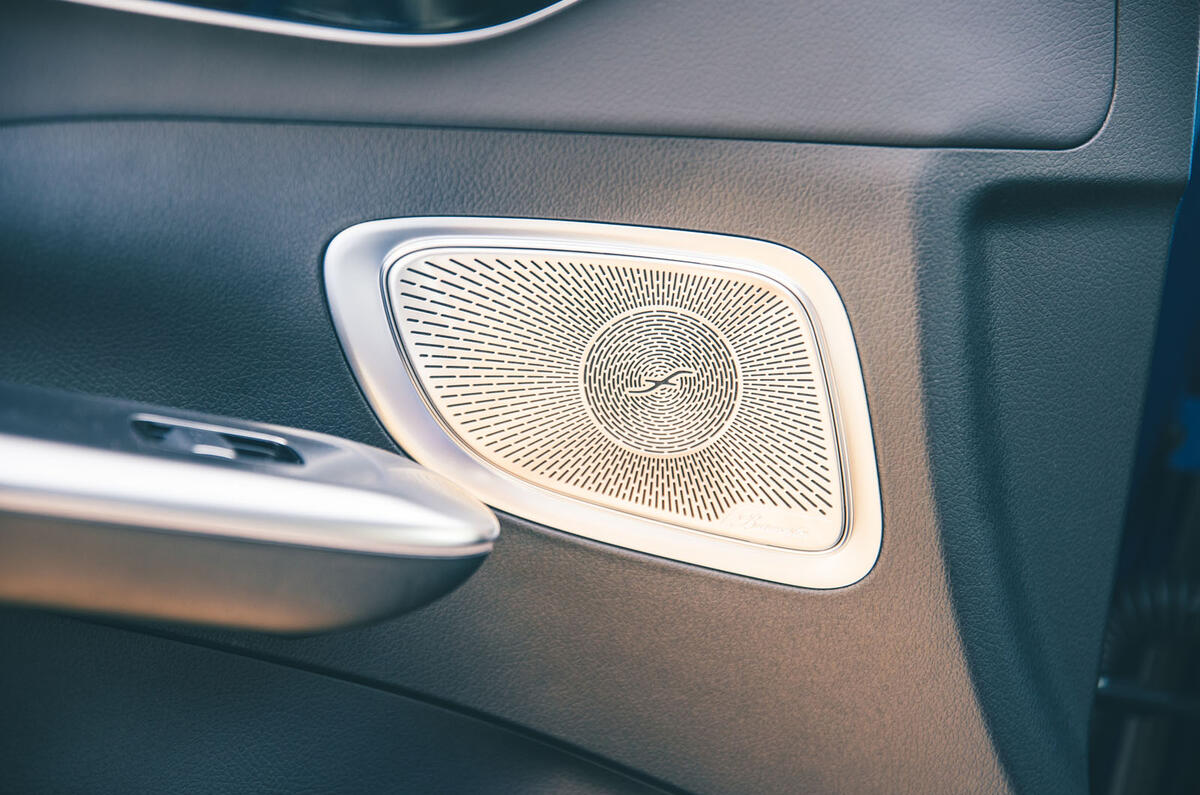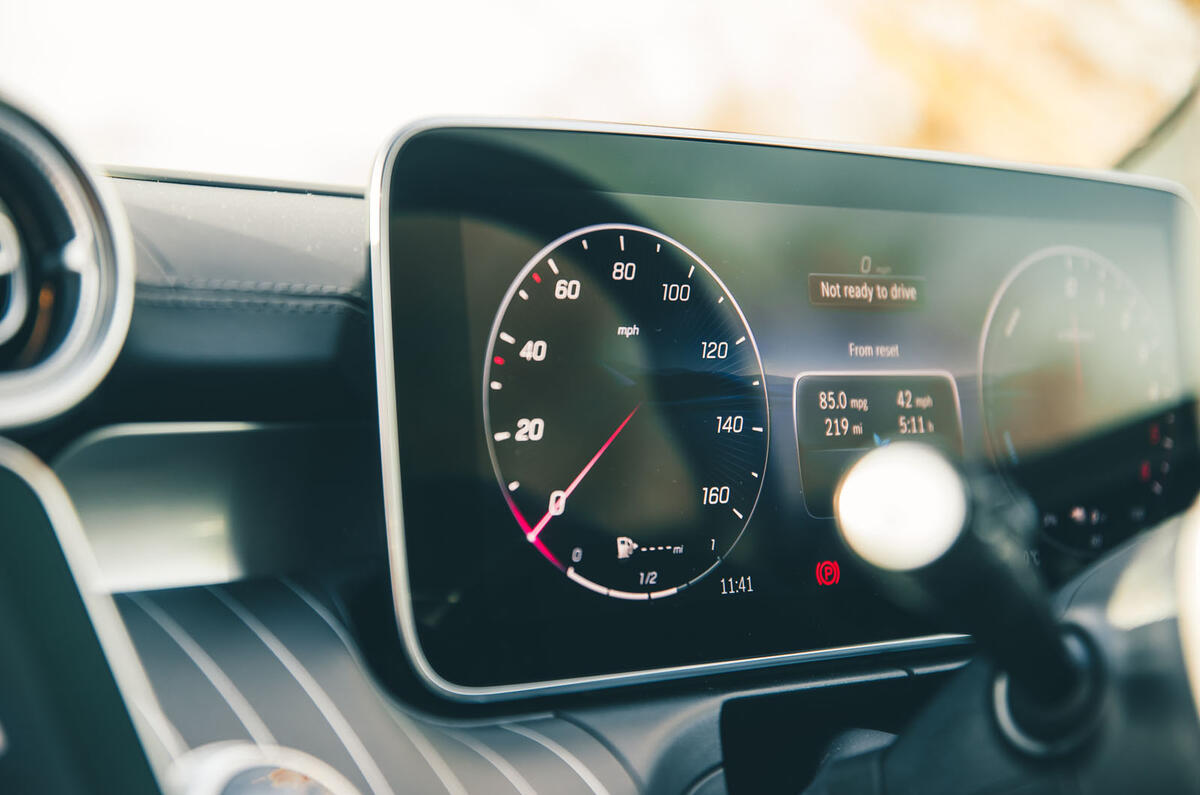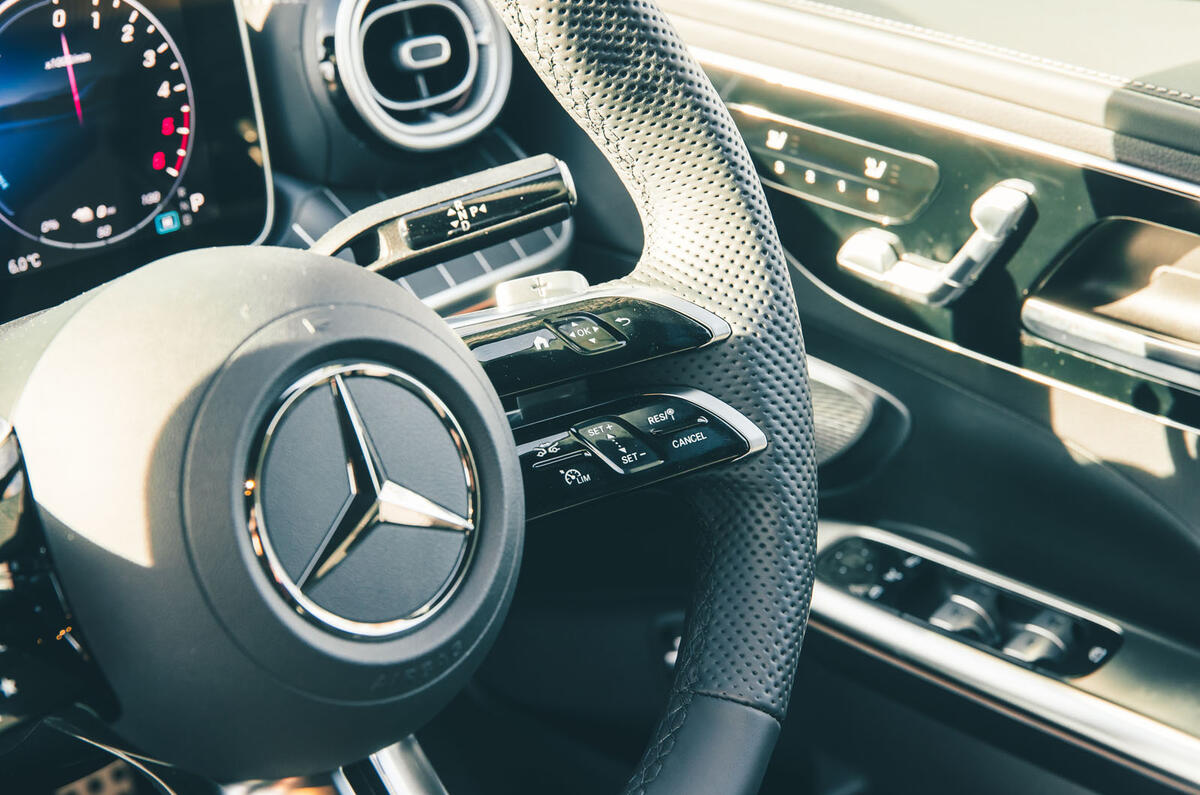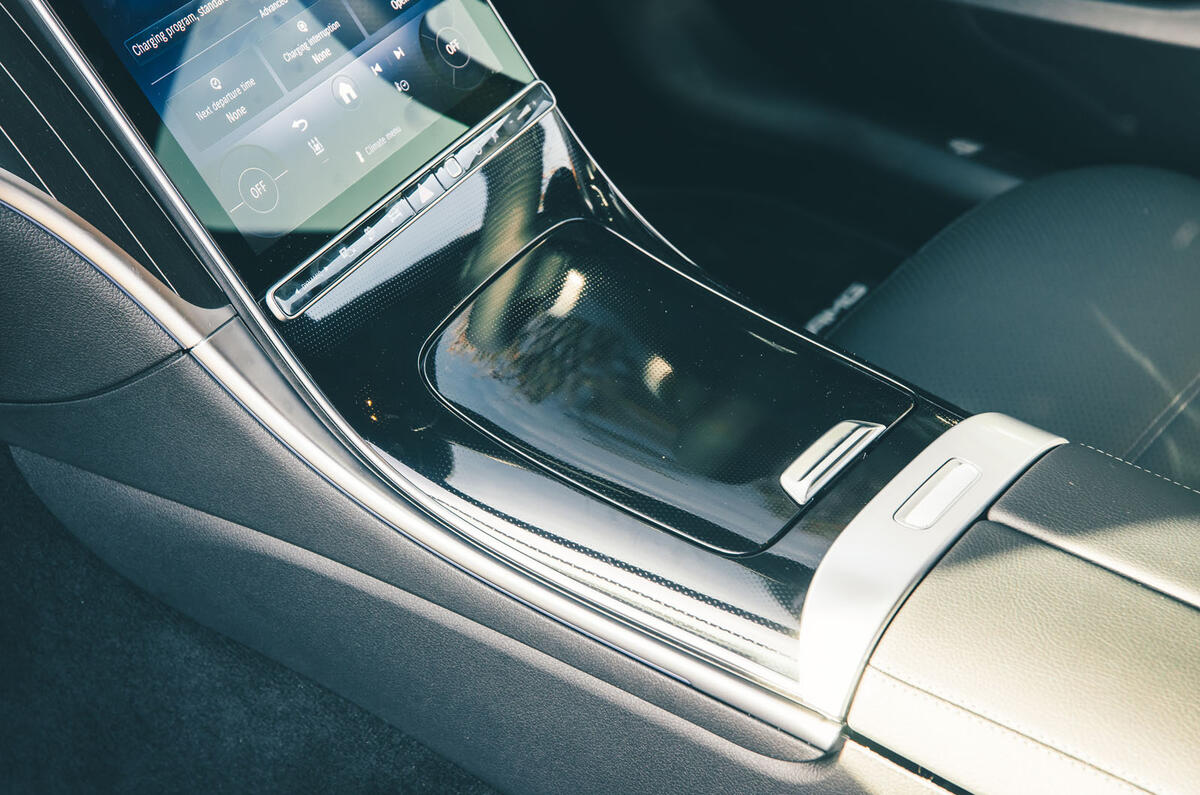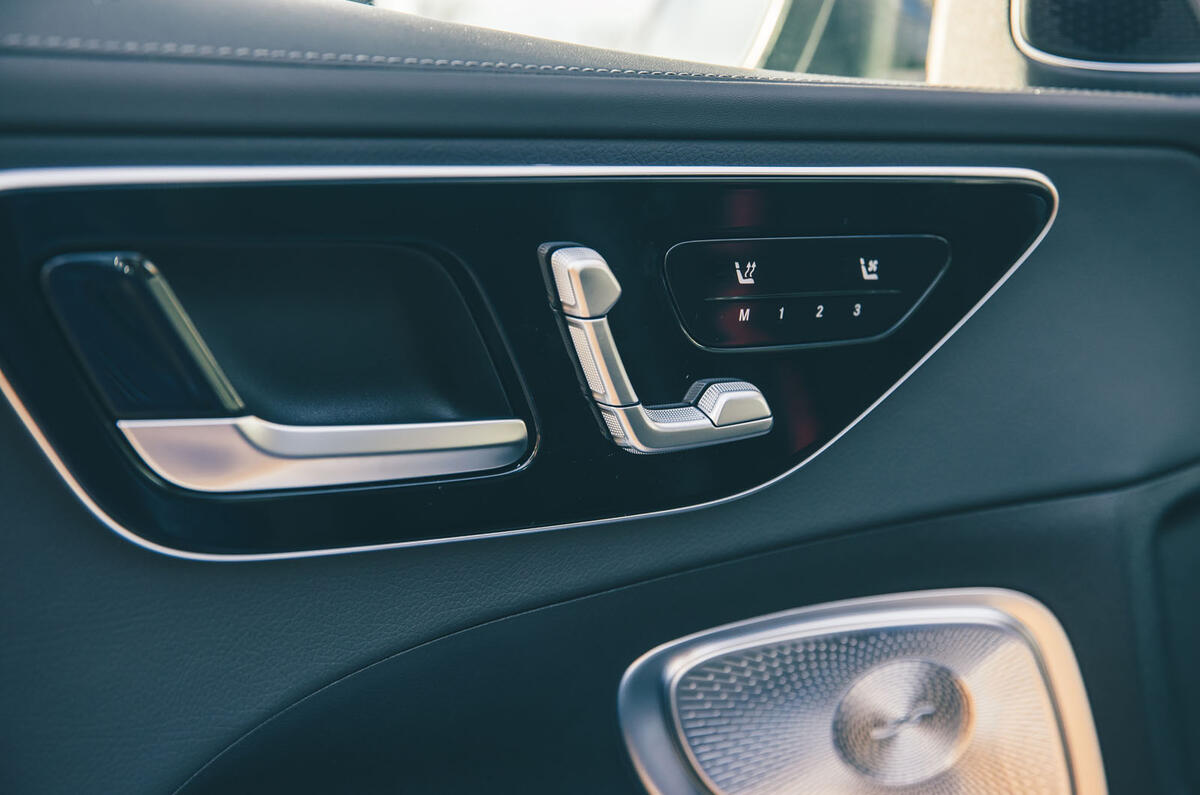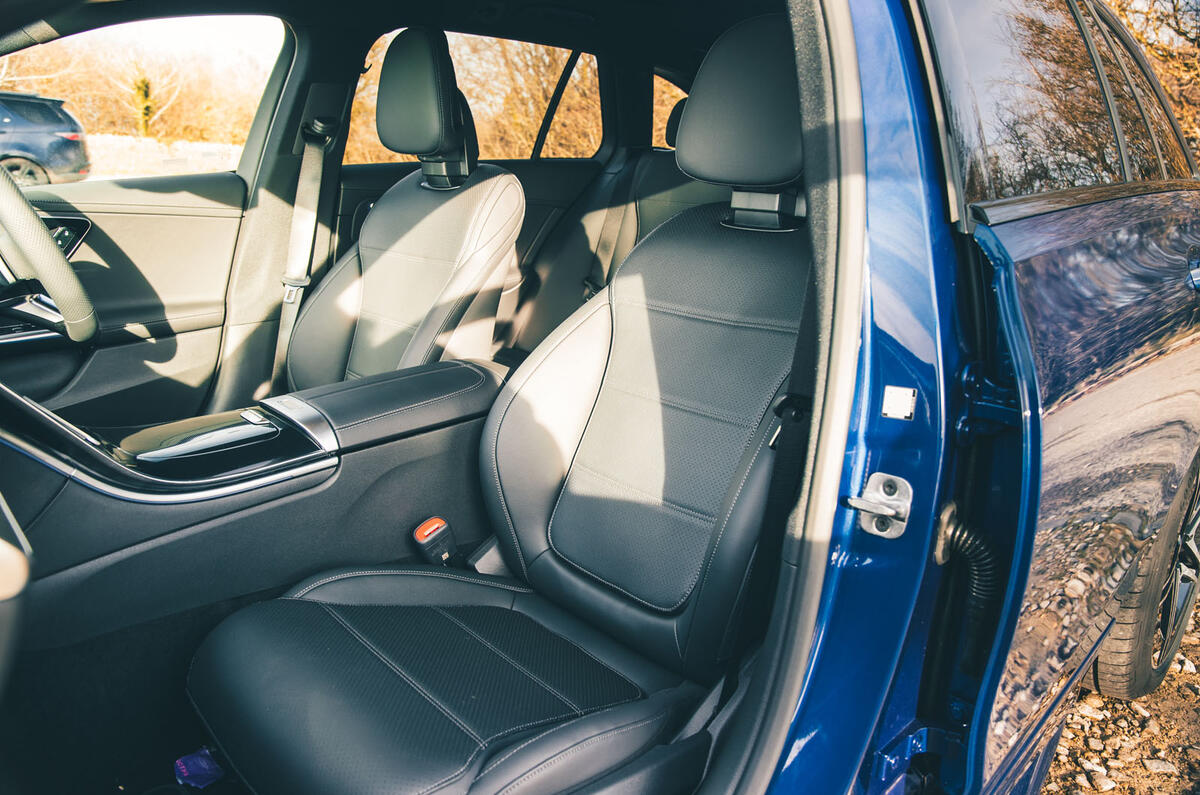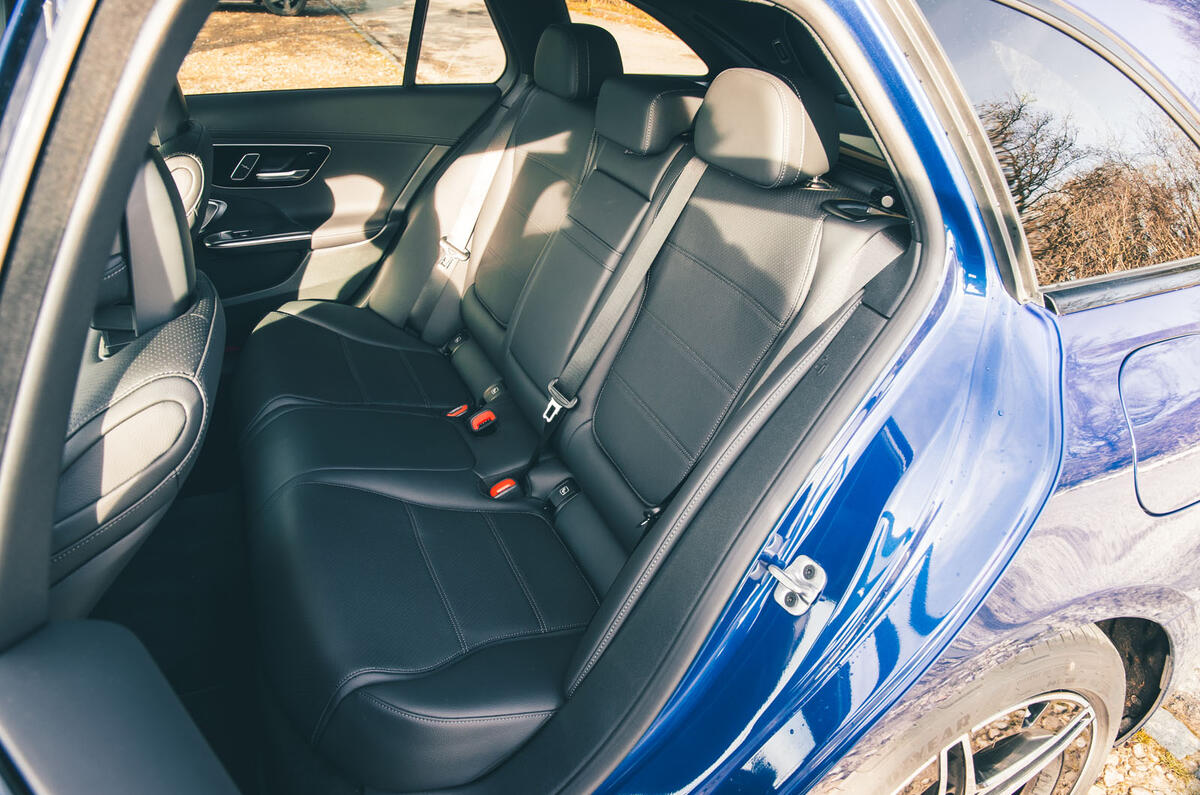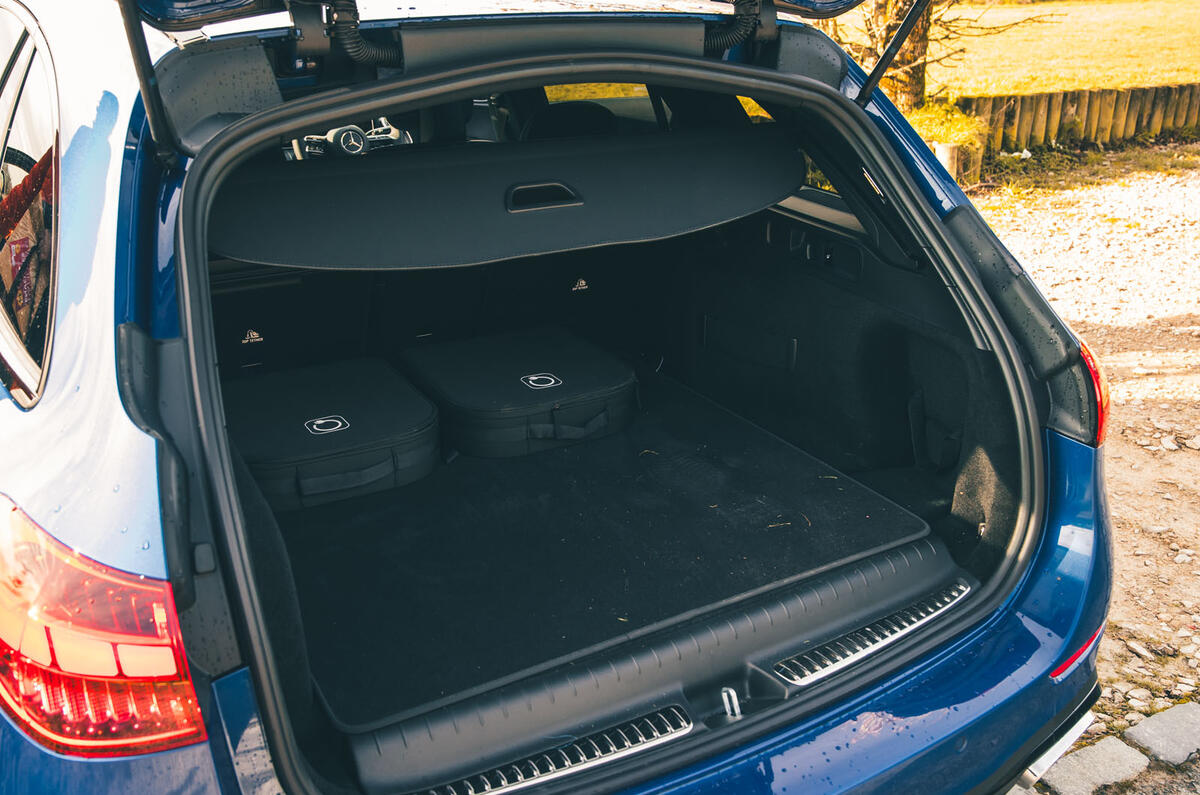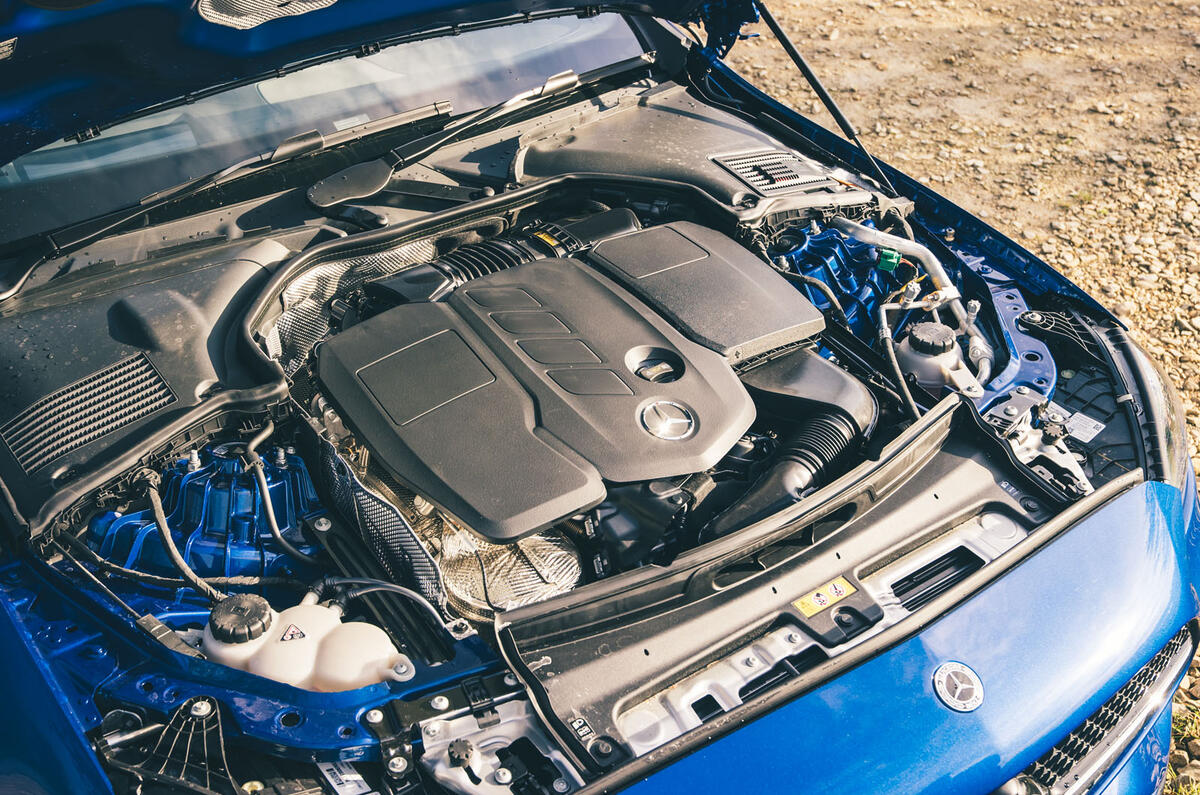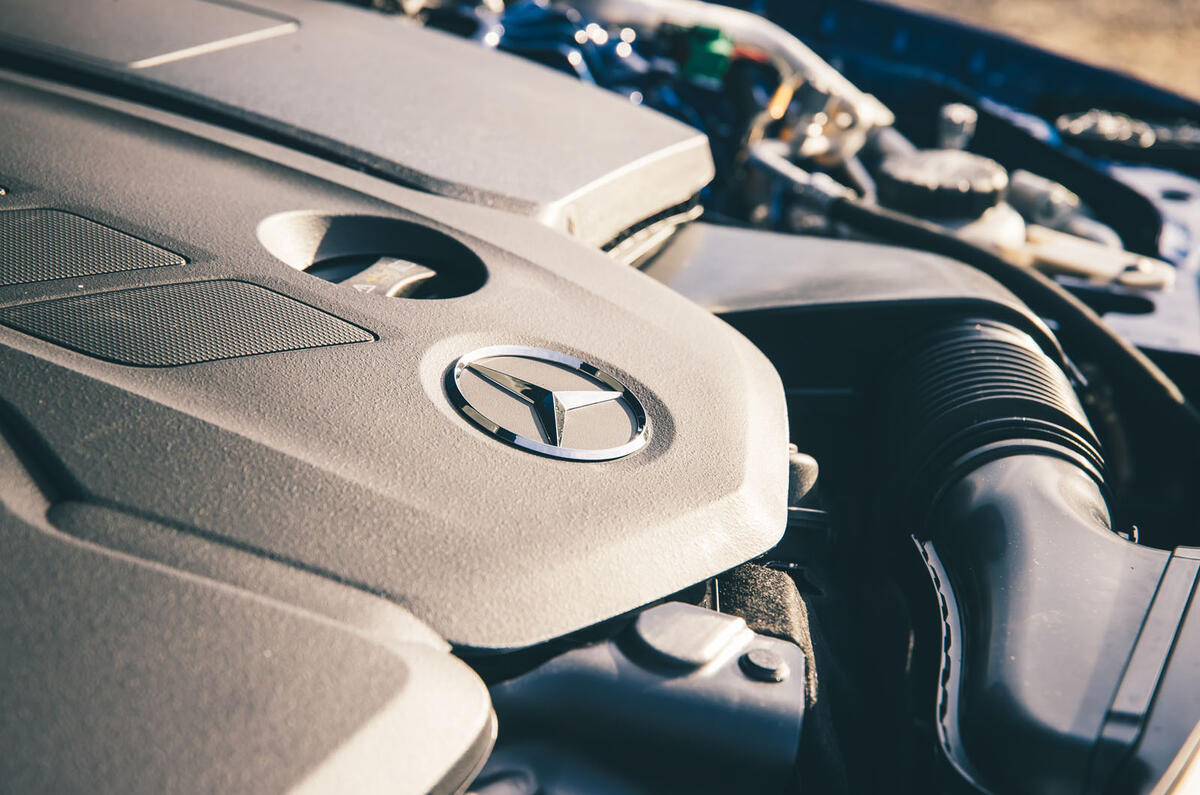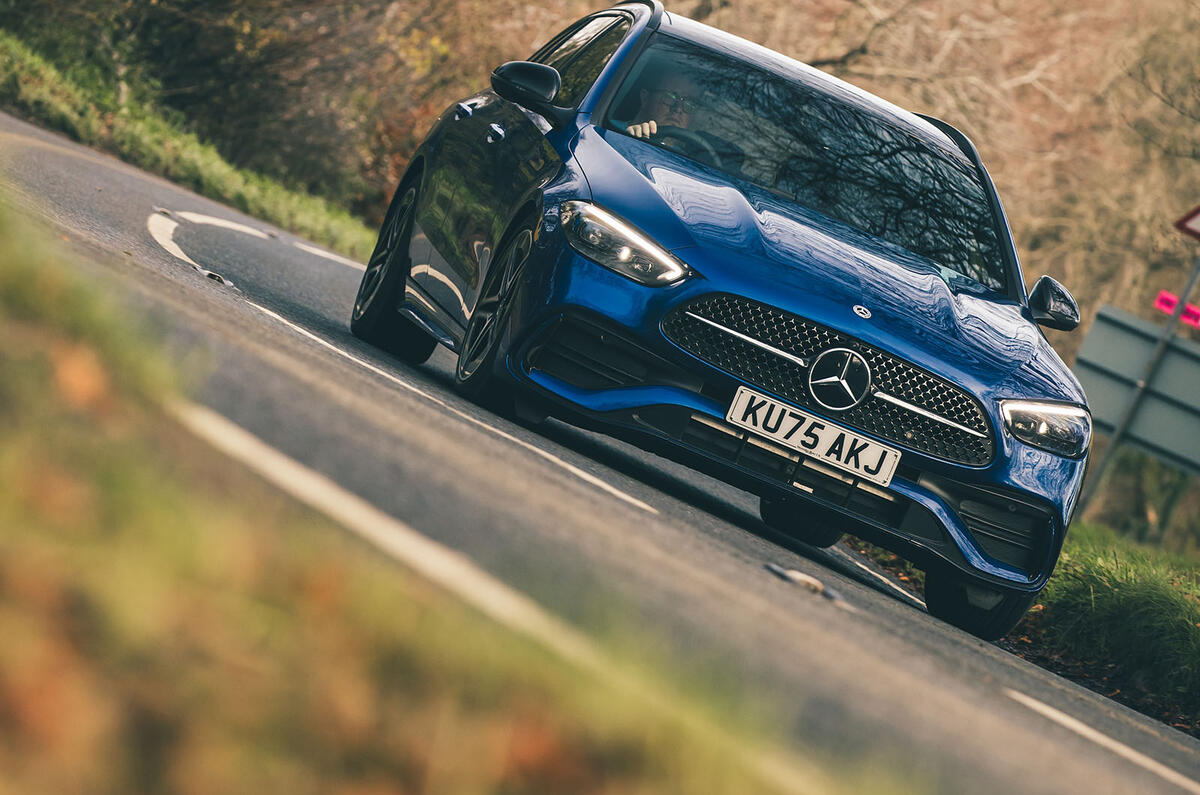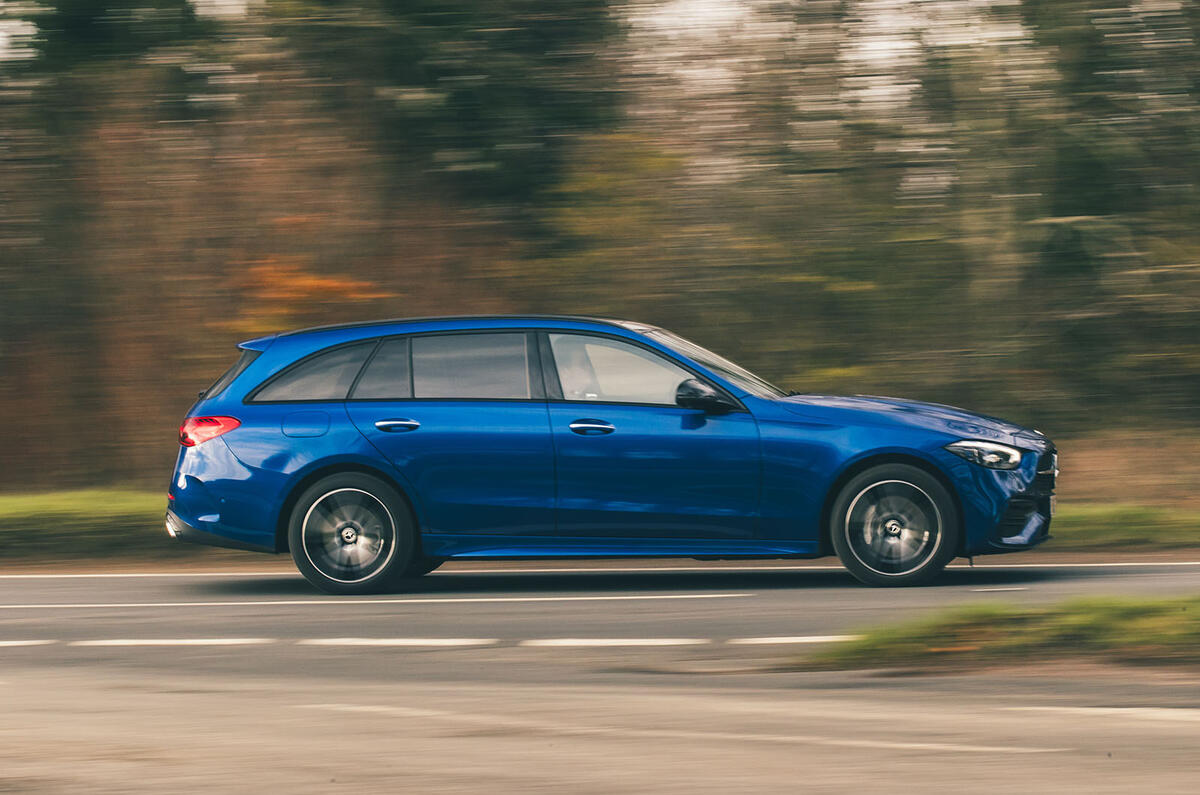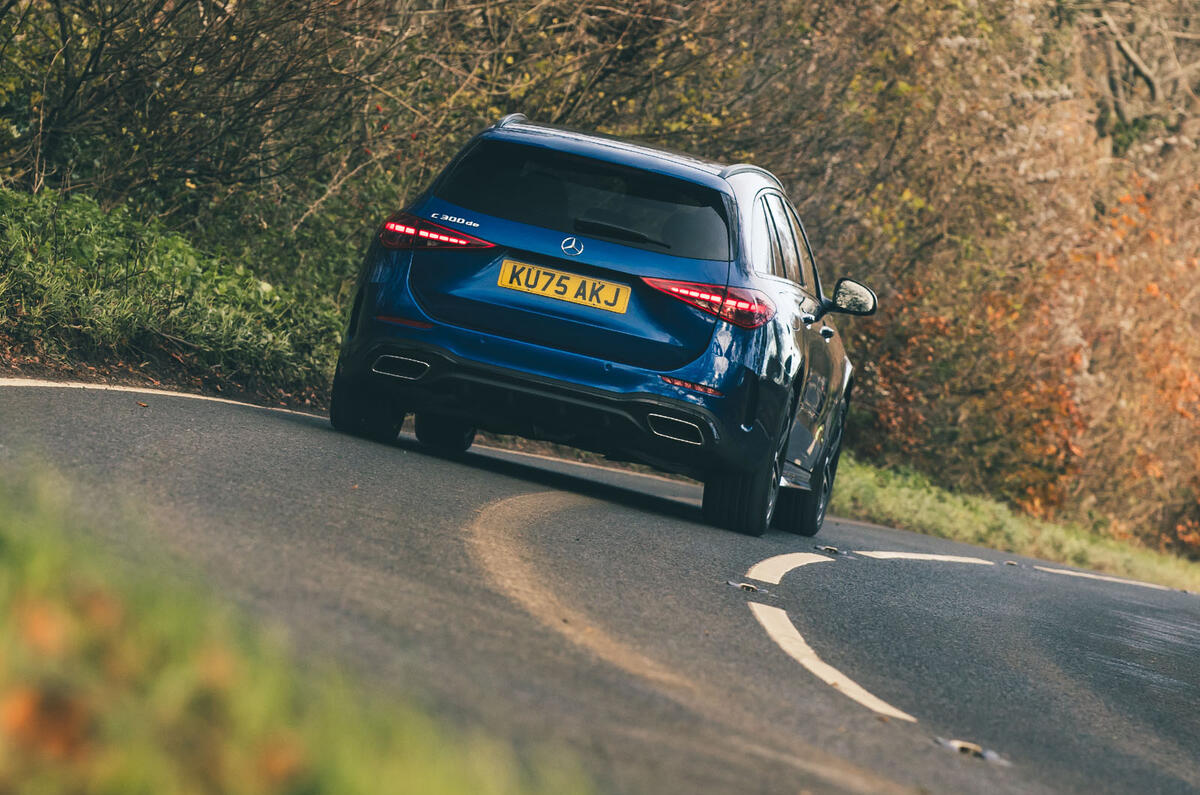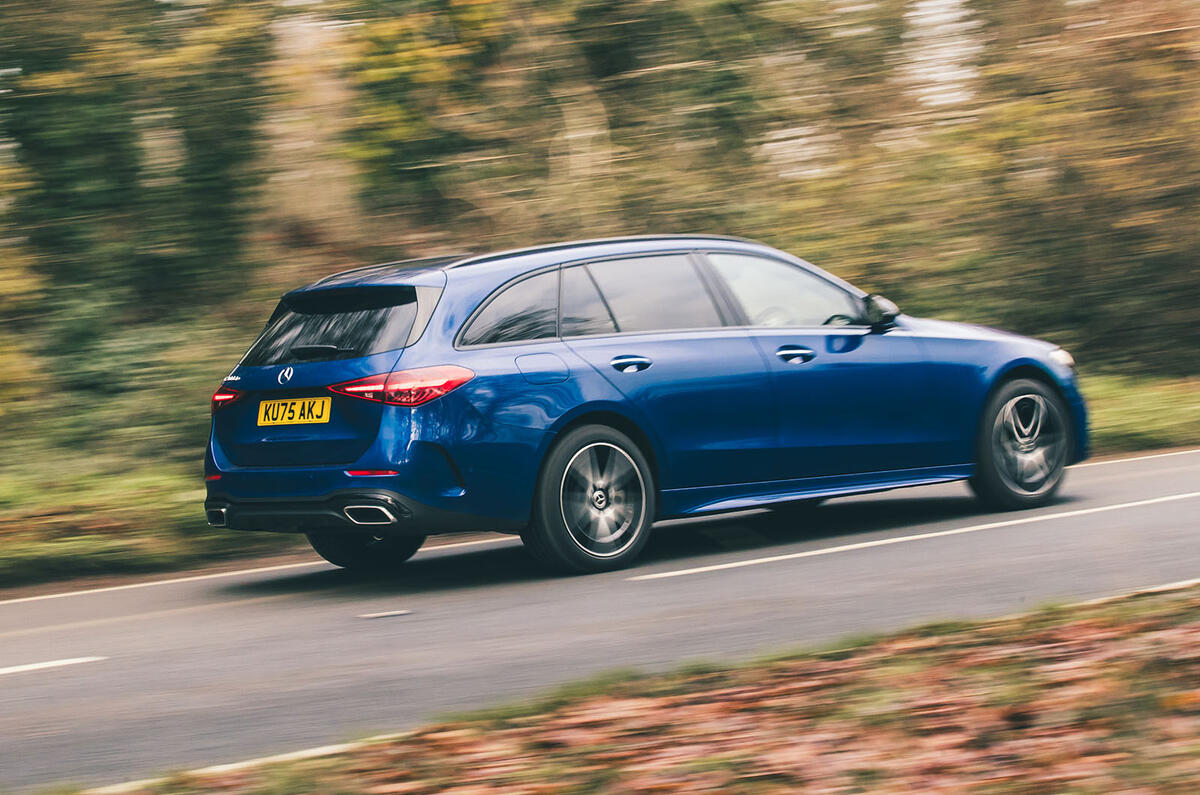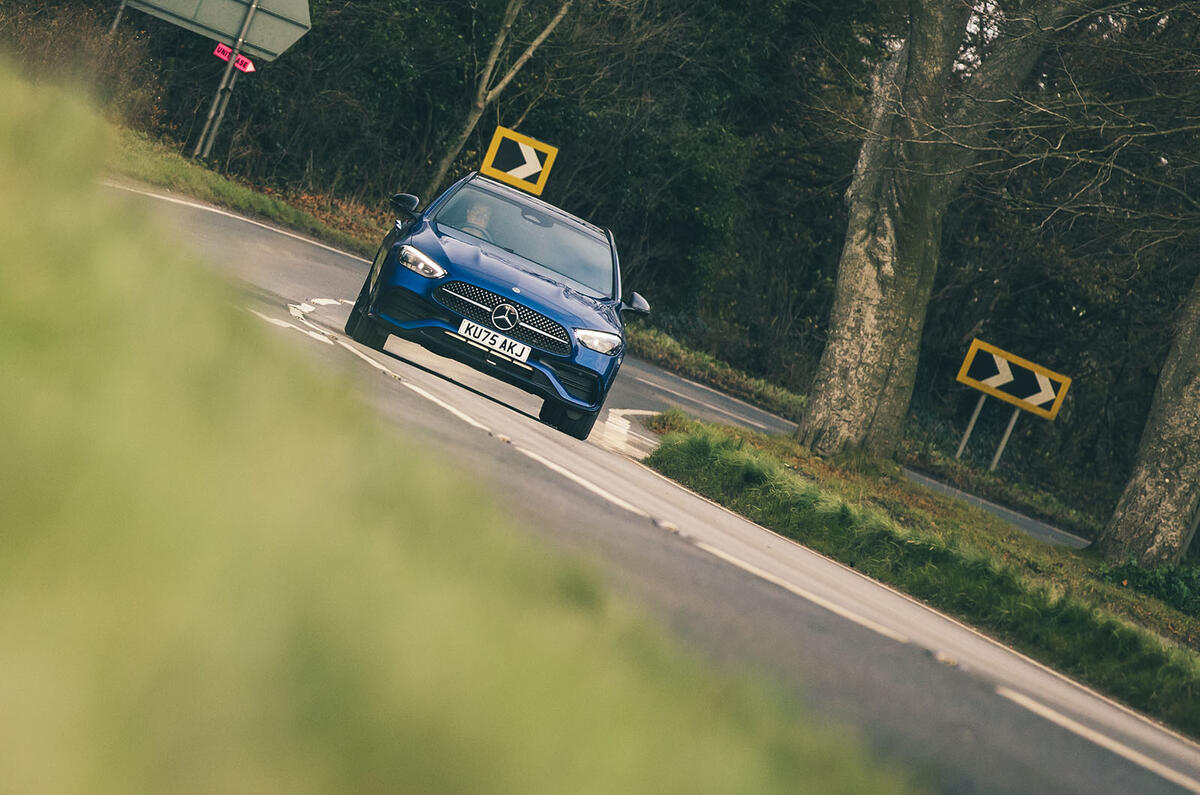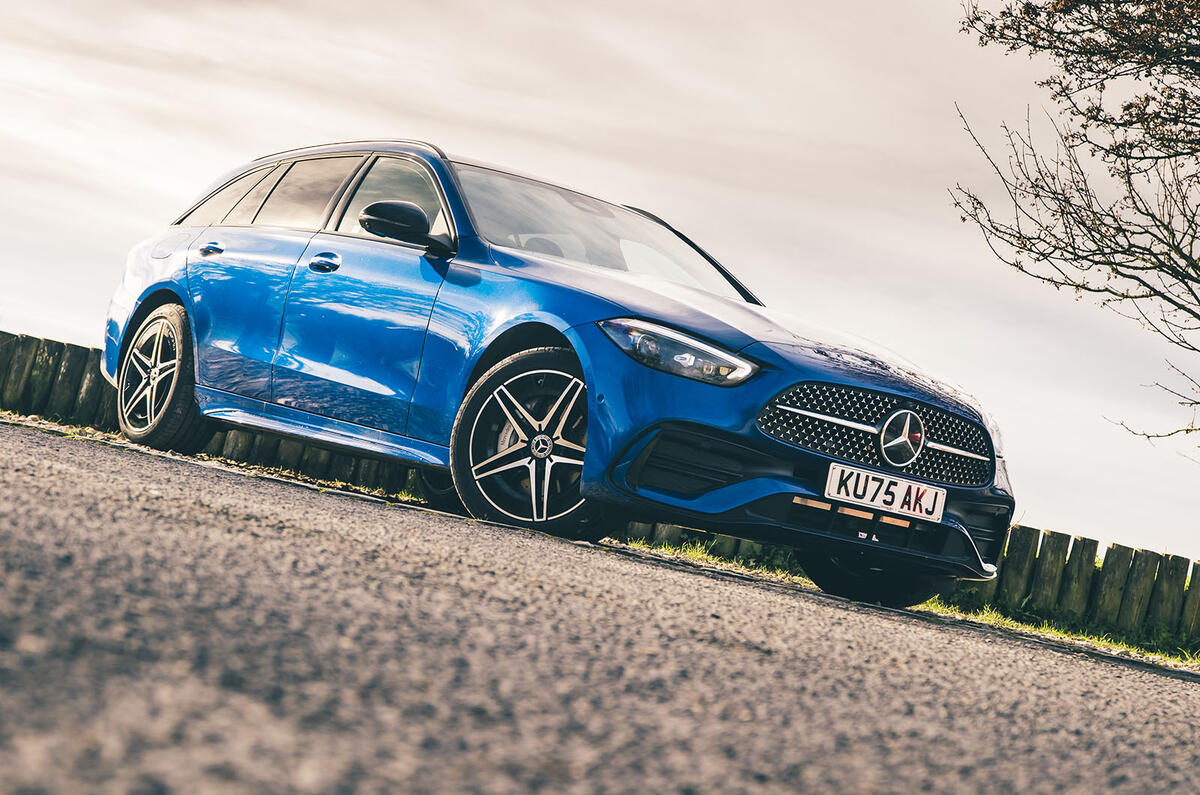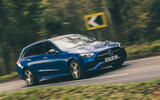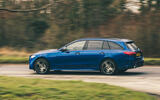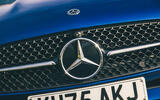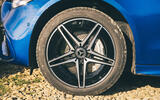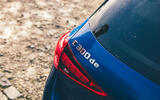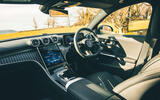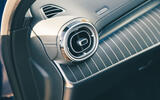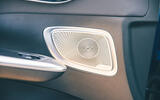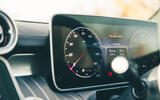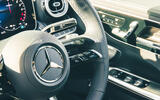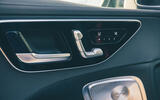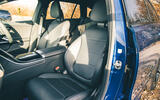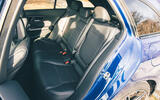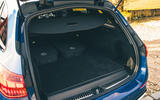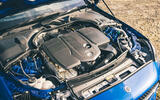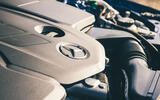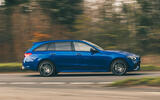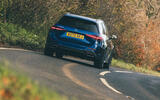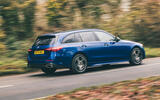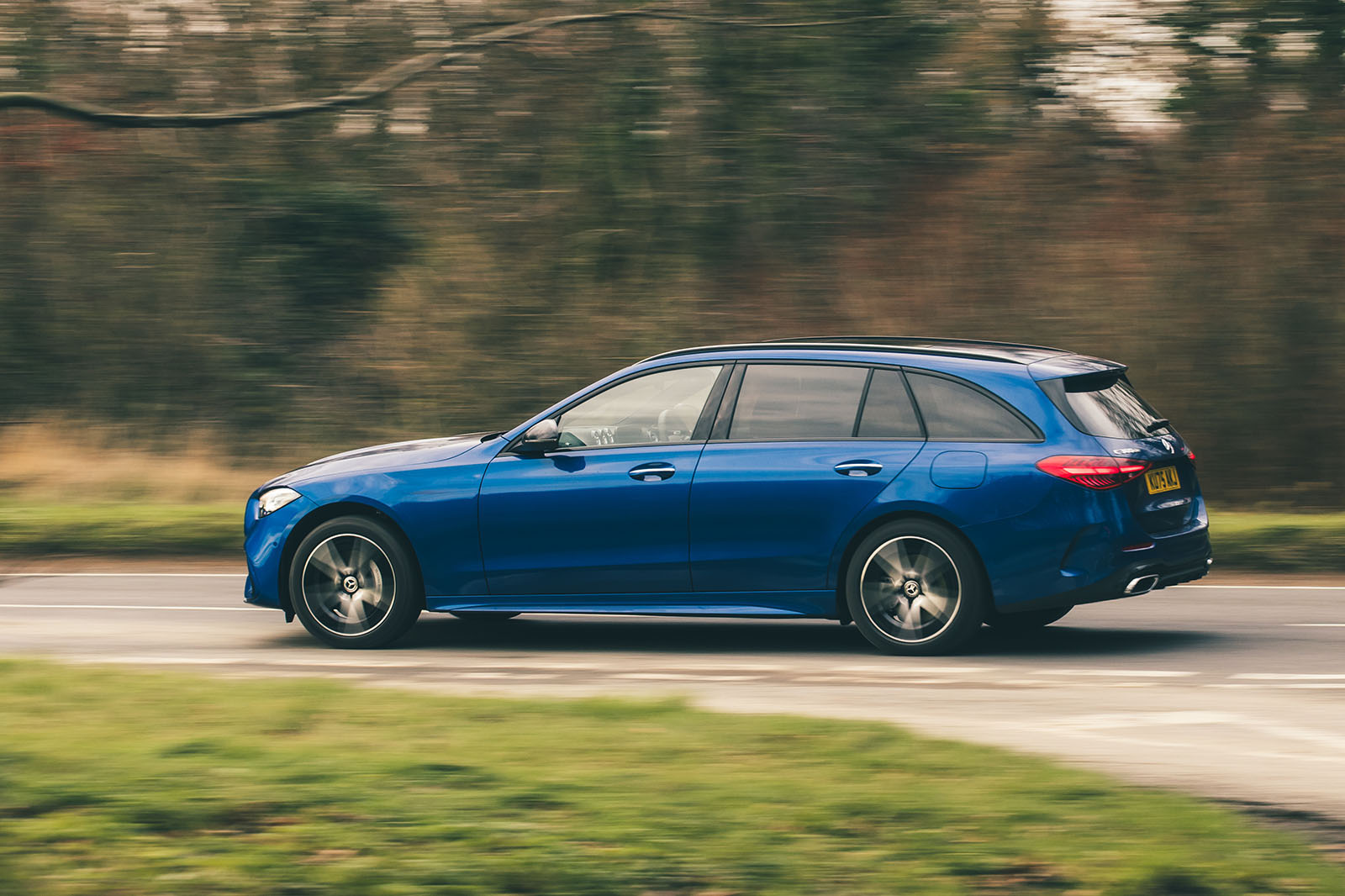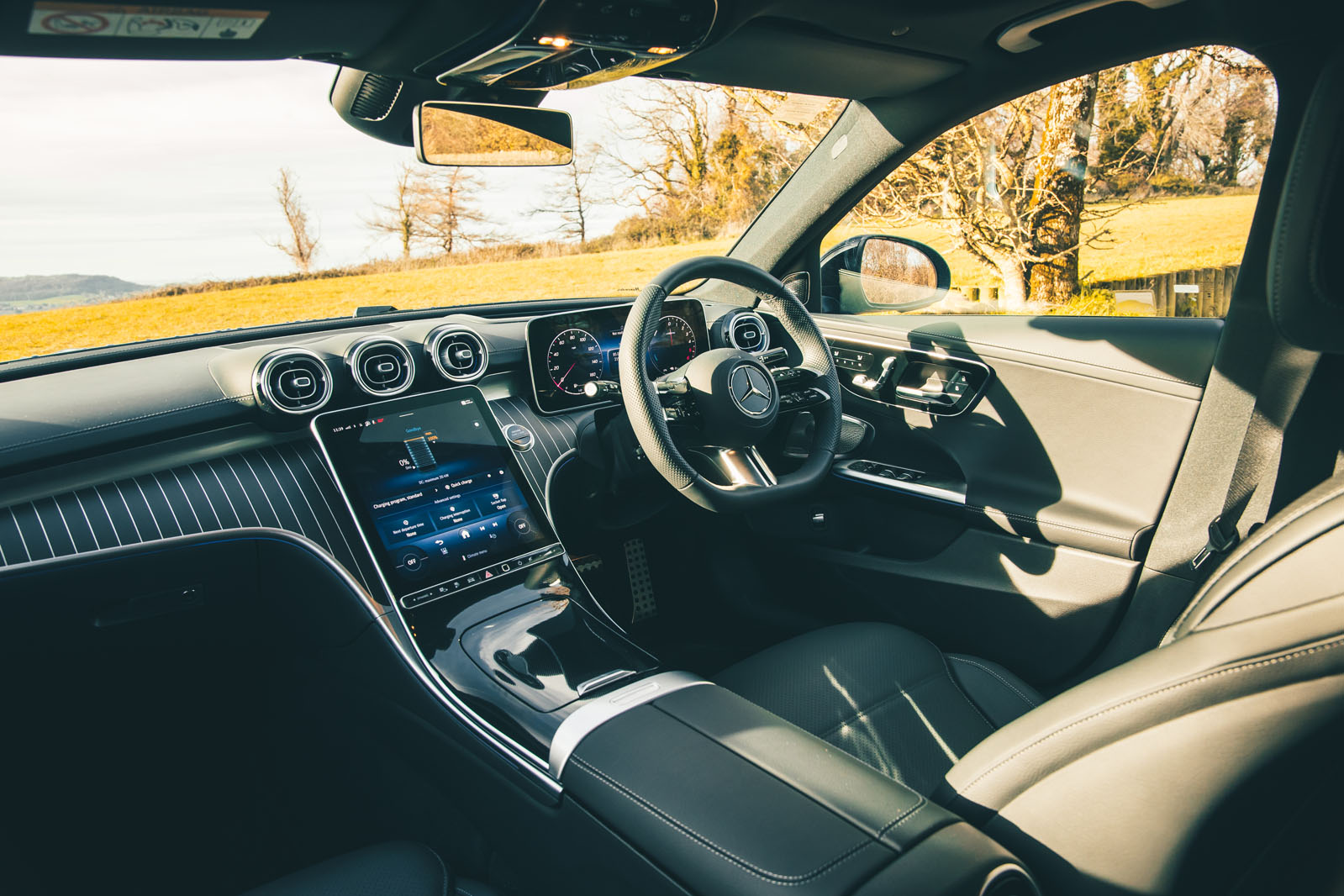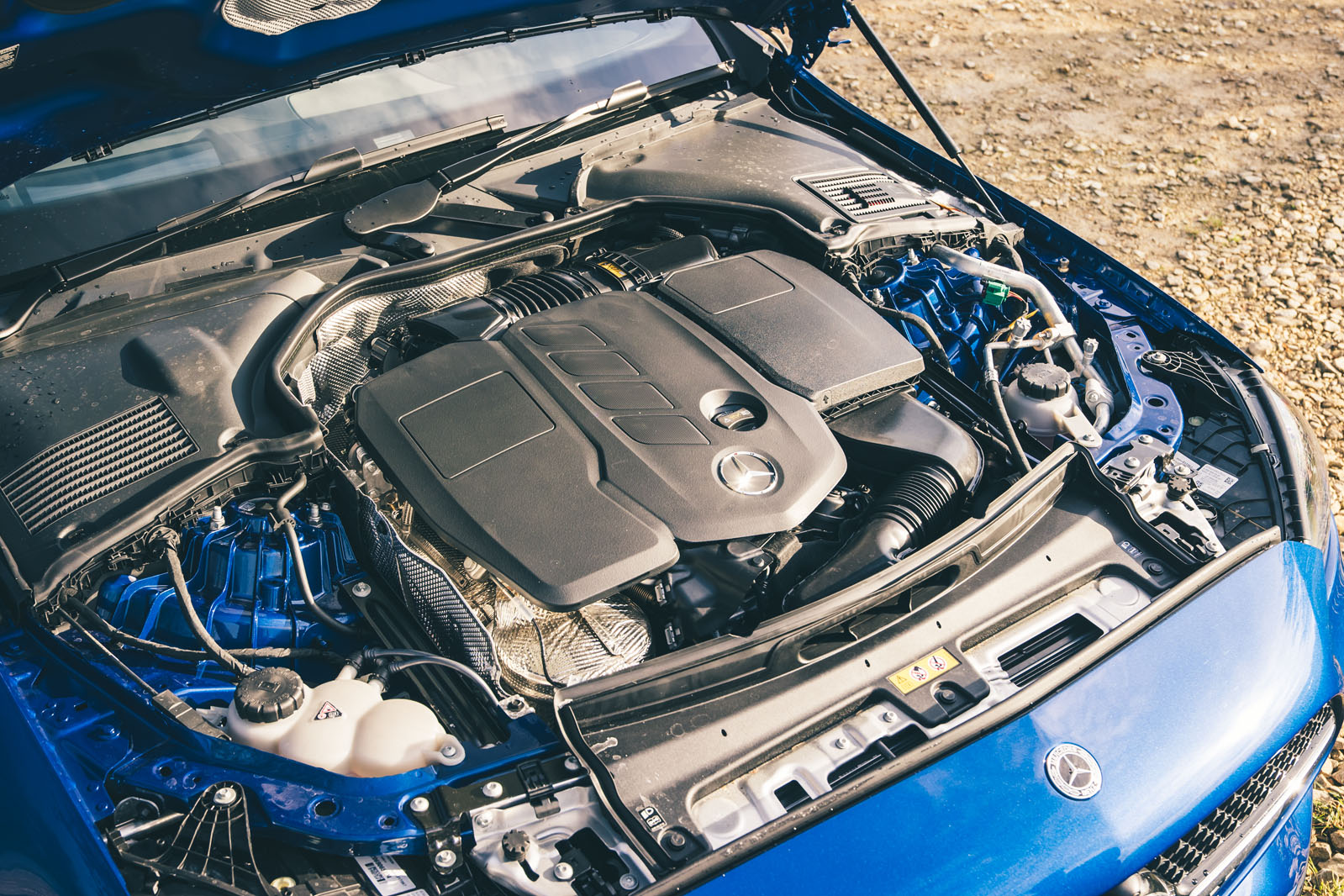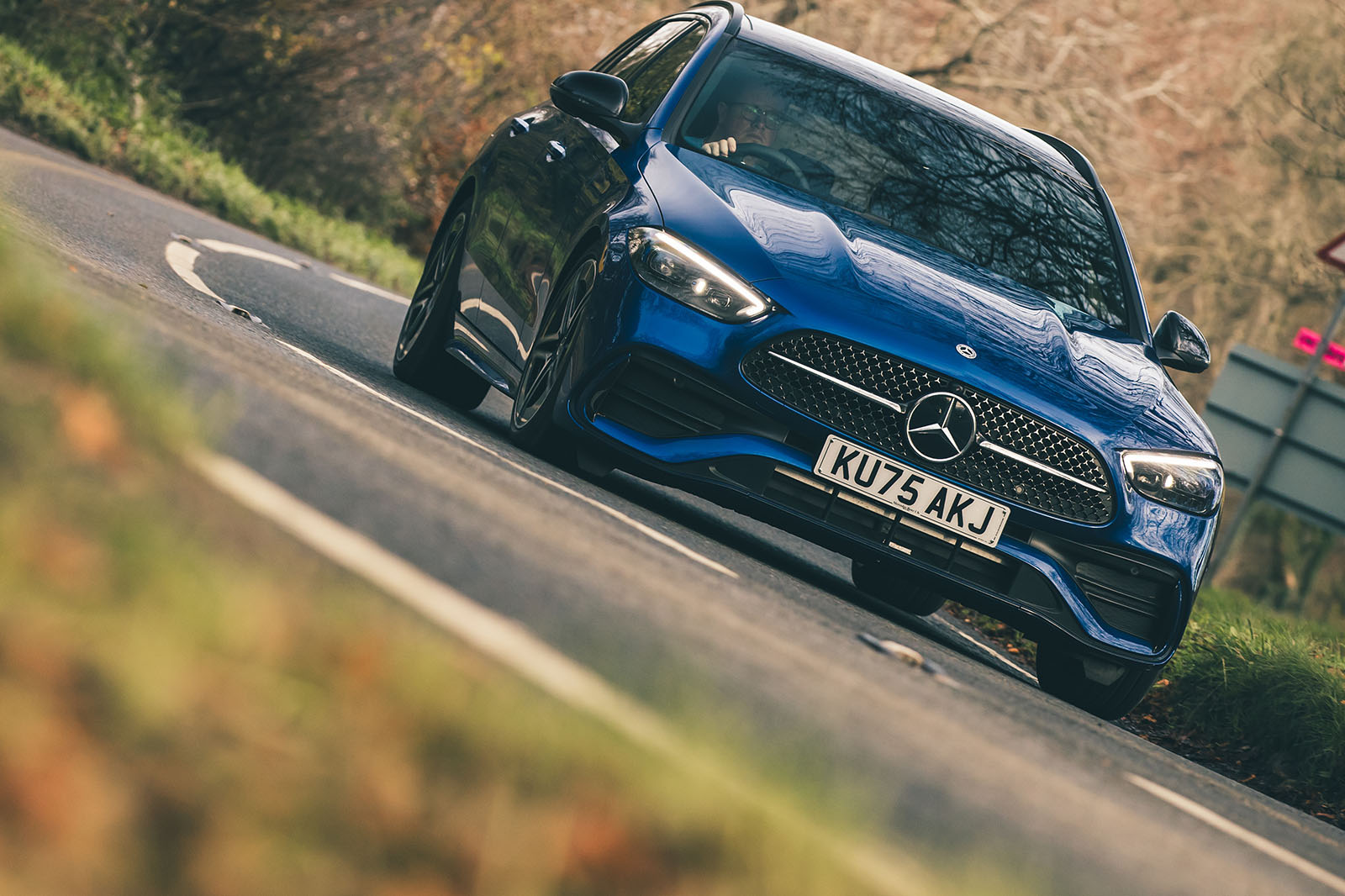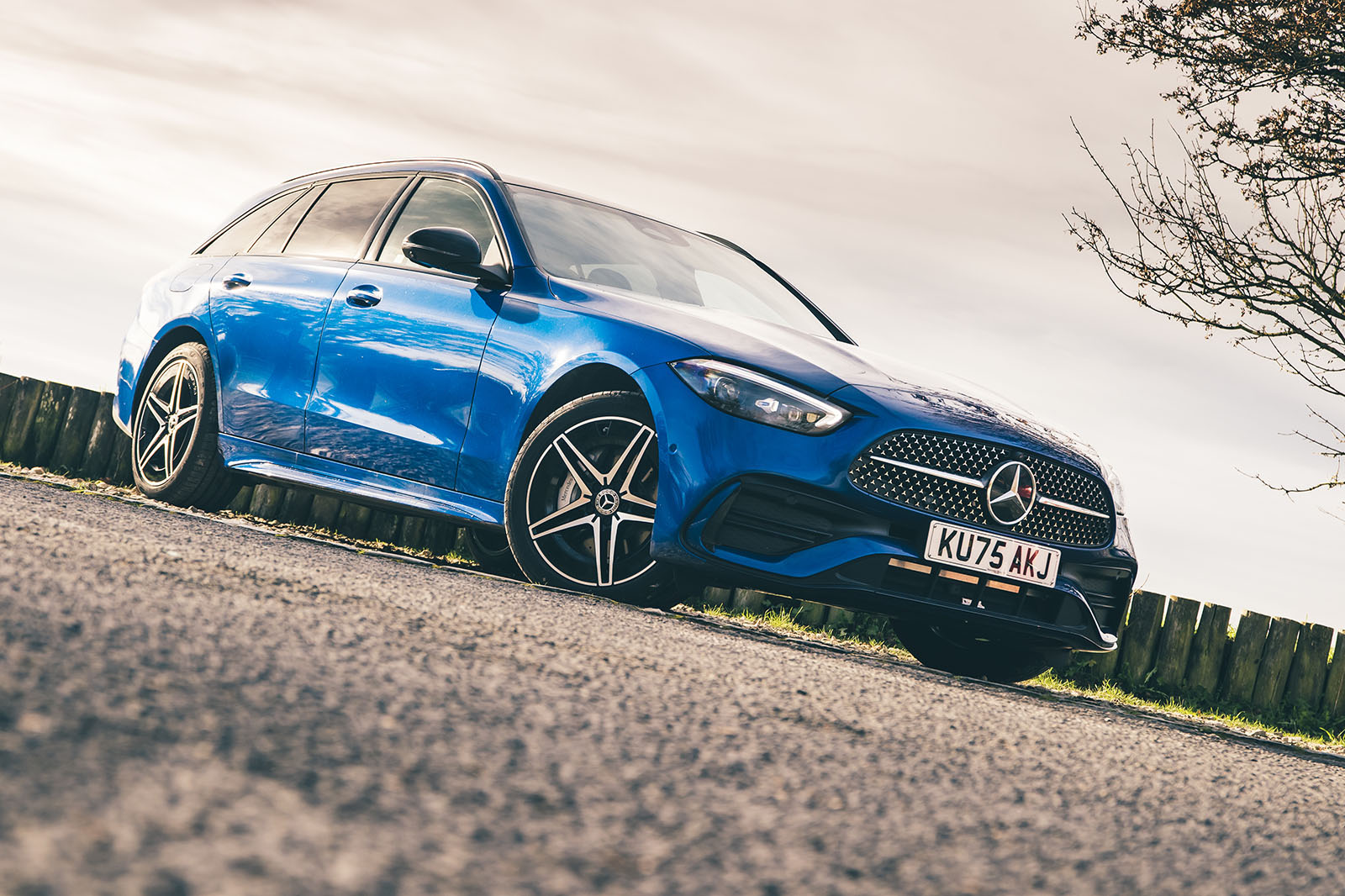The C-Class looks like quite a lavishly designed and -appointed environment by 'compact executive' class standards, with all the equipment you would really need included as standard, even on lower-grade cars (which affirms the car’s integrity as a luxury product), and plenty of glitz and flashy material appeal.
The C-Class doesn’t stand up to close scrutiny of its on-board comfort and quality levels with quite as much distinction, though it certainly passes muster. You settle into a driver’s seat with plenty of room around it, in front of controls that are adjustable and well-placed.
The sports seats aren’t especially comfortable or supportive, though (despite offering extendable cushions), while the margins of the driver’s footwell feel strangely restrictive around your toes.
Most of the cabin’s fittings have a higher-quality solidity of feel, but there are dull and plain mouldings and sharper edges elsewhere too.
The control layout is digitally replete. A 12.3in digital instrument screen immediately ahead of you is quite complex and busy with information at first, but usefully versatile in the way it can be configured with practice. And, dominating the centre console is a steeply raked 11.9in, portrait-oriented infotainment touchscreen whose bottom section permanently conveys the heating and ventilation controls.
The car’s rear passenger quarters are only averagely spacious for the segment: roomy enough for most adults and growing kids, and fairly comfortable, but not so for the tallest.
In the boot, you find a cargo space that’s usefully wide and it can be extended for length via folding rear seatbacks – but because of that battery placement, it still isn’t very deep. A minimum loading height of just 310mm (at the through-loading threshold) might not admit some bulkier everyday loads; although the estate bodystyle has a lot more versatile space if you're likely to carry bulky things. Here's losing that couple of inches of boot volume, thanks to the raised boot floor, doesn't seem like such a problem.
Multimedia system - 4 stars
Mercedes’ 11.9in MBUX touchscreen infotainment system for the C-Class is a version of the multimedia set-up first seen on the new Mercedes S-Class. It’s packed with all the right features, and gives good top-level access to commonly used menus, and a permanent shortcut to smartphone mirroring.
Several testers remarked that they didn't like the way its raked angle can reflect sunlight from the sidewindows, however, and how widely it retained smudgy fingermarks.
You can use the steering wheel remote controls to move a cursor around the main menu, although it's easy to brush these touch-sensitive pads inadvertently as you pass your hands around the wheel.
Mercedes’ natural speech recognition is supposed to make usability easier and, in some cases, does so quite well; but there are certain quick-fire functions that deserve a top-level button or shortcut on the screen and don’t get one. Wireless smartphone mirroring and device charging are included for no extra cost.




